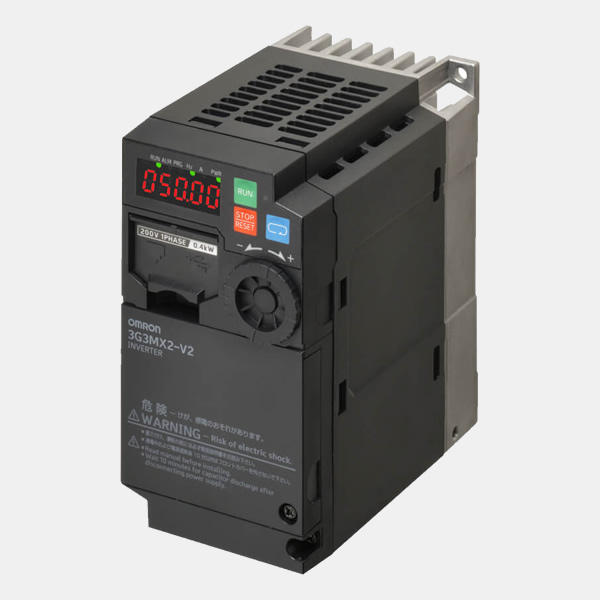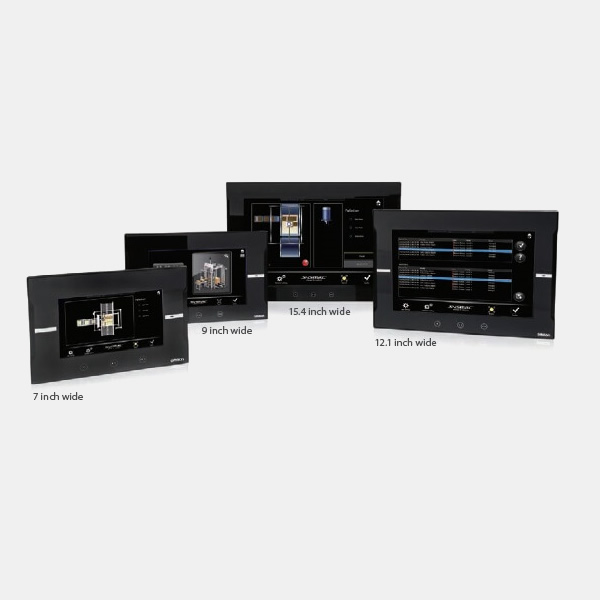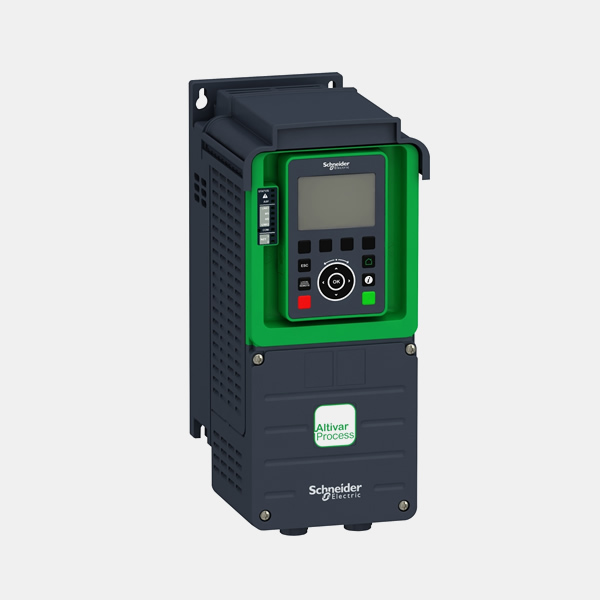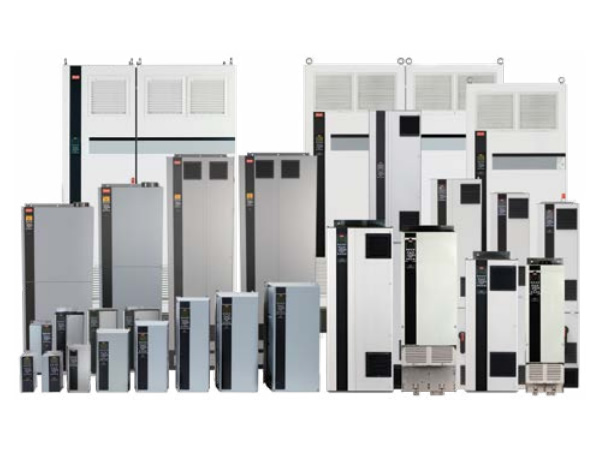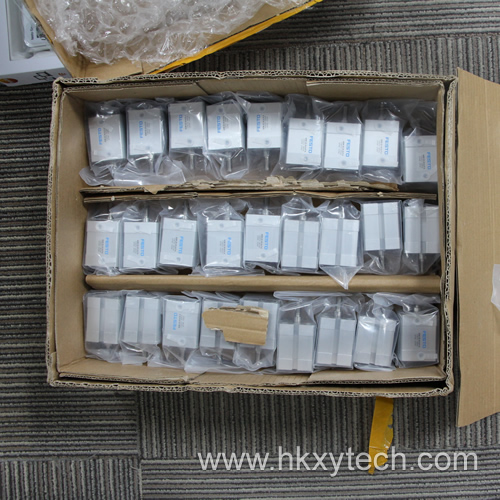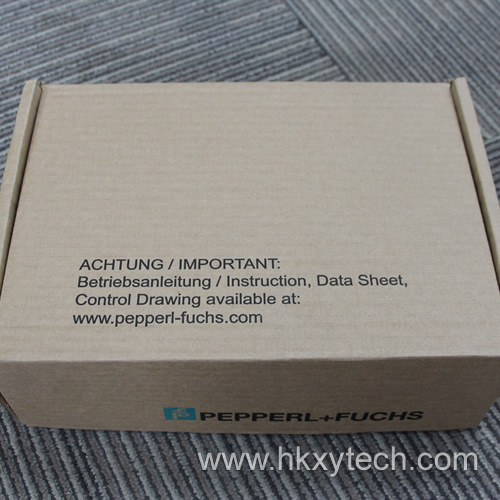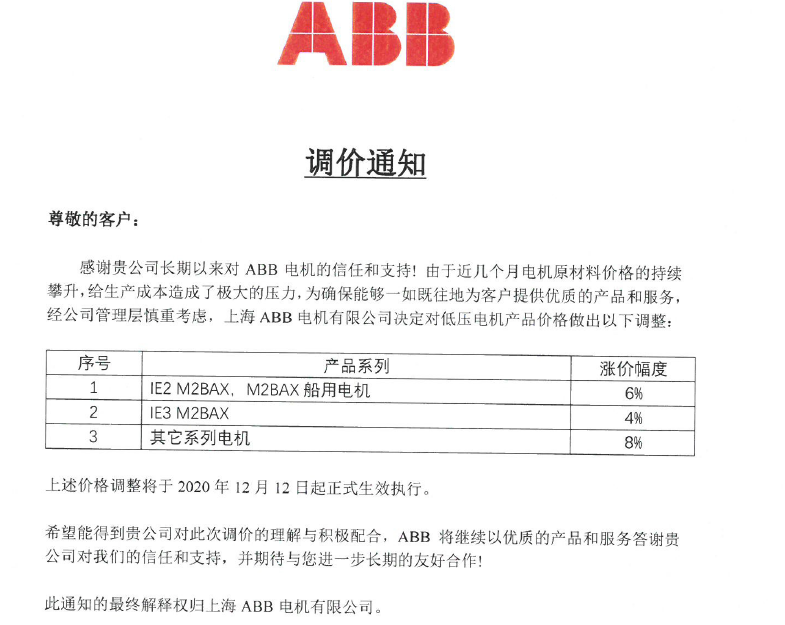
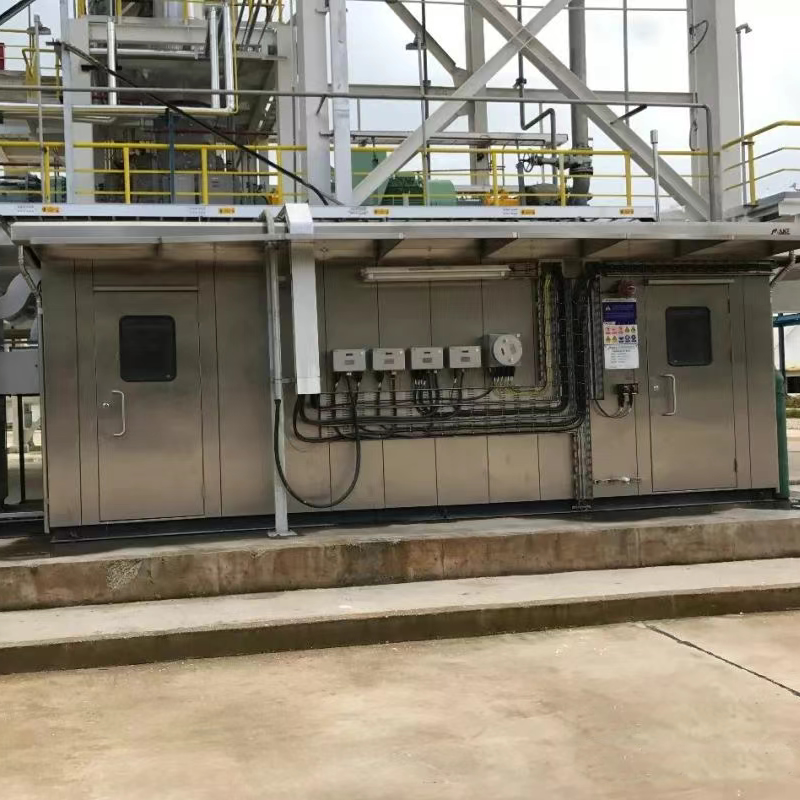
In 1903, Russian botanist Tsvet invented chromatographic analysis while studying plant pigments. Later, through experiments, he separated components such as chlorophyll and carotene from plant pigments, proposing and applying this separation technique based on adsorption differences for the first time.
In 1921, the world's first thermal conductivity detector (TCD) was developed.
In 1941, British chemist Martin and engineer James laid the theoretical foundation for gas chromatography—the partition chromatography theory—which provided a scientific basis for the subsequent development of gas chromatography.
In 1947, the world's first laboratory chromatograph was born.
In 1954, the thermal conductivity detector (TCD) was successfully applied to gas chromatographs for the first time.
In 1957, capillary chromatographic columns were invented.
In 1958, the flame ionization detector (FID) was developed.
Starting in 1960, with the rapid advancement of electronic technology, online gas chromatographs gradually emerged. After multiple product iterations, they have become more compact and intelligent today.
After the development of online chromatographs, they were quickly applied to industrial process analysis. To use an online chromatograph effectively, it requires power supply, carrier gas, calibration gas, heating (in winter), cooling (in summer), and a sample pretreatment system to ensure that the samples entering the chromatograph are stable, pure, and free of impurities. This gave rise to the emerging industry of integrated analyzer shelters.
Essentially, an analyzer shelter provides a "home" for the online chromatograph, with the chromatograph as the "master." A complex system integration project must be built around it to ensure its long-term continuous operation, serving various chemical and environmental protection production facilities.
Inside a chromatographic analyzer shelter, you can find everything: air conditioning, floor heating, sinks, rain shelters, drainage pipes, lighting, switches, distribution boxes, telephones, access control, fingerprint recognition, audible and visual alarms, desks, chairs, computers, fiber-optic communication, and more.
The analyzer shelter can be customized with doors and windows as needed. You can plan the number of doors and windows in advance. For an extra-long shelter, it can even be divided into separate rooms—one for the chromatograph, one for pretreatment, and a front hall, creating a "two-bedroom, one-hall" layout, complete with a central HVAC system. The shelter's dimensions are primarily determined by the number of analyzers installed inside. The orientation of the analyzers—whether facing north or south—and even the entire shelter's positioning must be planned in advance to facilitate on-site installation of pipelines, cable trays, power supply, gas supply, cables, and sample lines.
Of course, chromatographs are typically equipped with UPS uninterruptible power supplies. While power outages on-site are unlikely, cutting off the gas supply must be avoided at all costs, as the chromatograph cannot function properly or analyze data without carrier gas.
Carrier gases for chromatography include hydrogen, nitrogen, helium, and others, with hydrogen being the most common. It is crucial to emphasize the safety of these gas cylinders. Whether it's a 40L carrier gas cylinder or an 8L calibration gas cylinder, they are classified as hazardous materials due to the high-pressure dangerous gases inside. Leaks are strictly prohibited, and professional handling and transportation are mandatory.
Currently, for small and medium-sized analyzer shelters, carrier and calibration gas cylinders are typically mounted on the shelter's exterior wall, secured with brackets and chains to prevent tipping and hazards. The gas cylinder outlet is connected to a pressure-reducing valve via a dedicated metal hose to supply gas to the chromatograph.
For large-scale analyzer shelters with multiple chromatographs or high hydrogen demand across the plant, some chemical factories use multi-cylinder hydrogen racks for centralized supply. This solves the issue of high gas consumption, making cylinder replacement and transportation more convenient.
In summary, online chromatographs and analyzer shelters share a mutually dependent relationship—neither can function without the other. Ultimately, it comes down to human involvement. Online chromatographs and analyzer shelters are just machines; without power and gas, they remain lifeless. Only through dedicated management and maintenance can they continuously perform automated analyses and provide meaningful data to the DCS.
